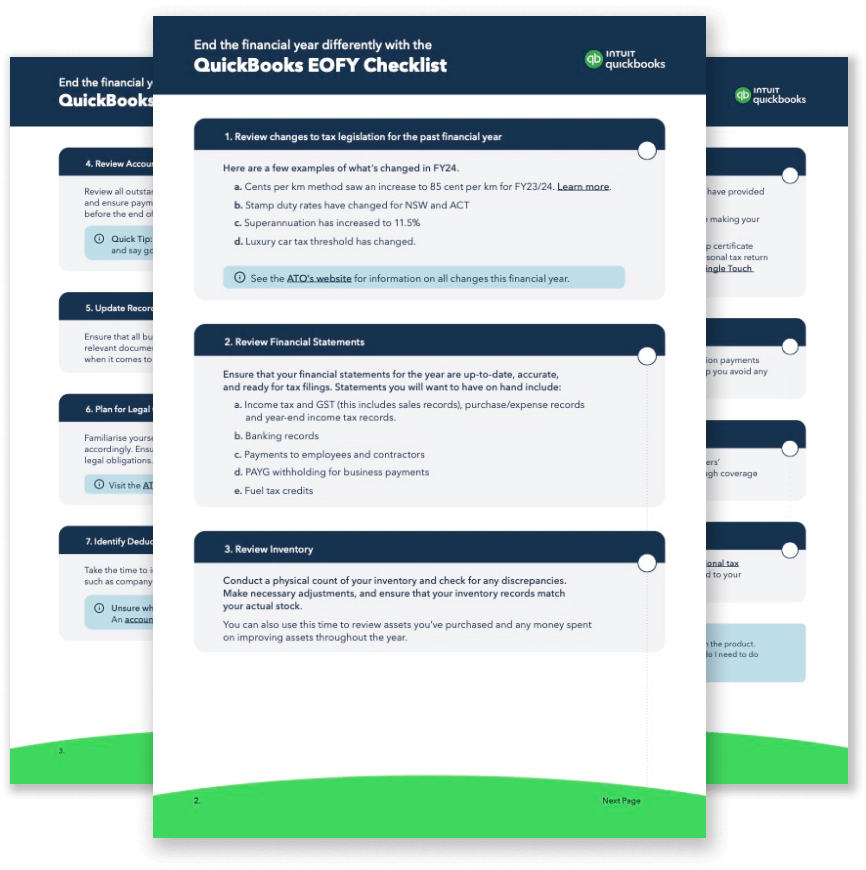What is a Cash Flow Statement?
Cash Flow Statement Definition
A cash flow statement is a financial statement that provides information about the movement of cash in and out of a business or organisation over a specified period of time. It reflects the inflow and outflow of cash generated from operating, investing, and financing activities.
The purpose of a cash flow statement is to provide a clear understanding of a company's cash position and its ability to generate cash in the short-term to meet its obligations. It is a valuable tool for assessing the liquidity and financial health of a business.
The statement is divided into three sections:
- Operating activities - This section reflects the cash flow generated or used by the company's normal business operations, such as the sale of goods or services, payment of salaries, and payment of taxes.
- Investing activities - This section reflects the cash used for investments in property, plant, and equipment or other long-term assets. It also includes cash receipts from the sale of these assets.
- Financing activities - This section reflects cash flows related to the company's financing, such as the issuance or repayment of debt, or the issuance or retirement of stock.
The cash flow statement is usually prepared in conjunction with the income statement and balance sheet and helps businesses maintain a clear understanding of their cash position.
Here are more important facts about cash flow statements:
- The cash flow statement allows businesses to monitor their cash flow over a specific period and identify where the money is coming from, and how it is being spent.
- The cash flow statement helps businesses to manage their operations by determining whether to invest in new fixed assets, pay off debt, or pay shareholders dividends.
- Investors and lenders often use the cash flow statement to evaluate the financial health of a business and its ability to generate cash.
- The statement of cash flows can be prepared using either the direct or indirect method. The direct method summarizes actual cash transactions, while the indirect method starts with net income and adds or subtracts non-cash items to derive the net cash provided by operating activities.
- The cash flow statement helps businesses to identify any irregularities in cash management and allows for quick resolution of any potential problems.
- The cash flow statement can be used with other financial statements, such as the balance sheet and income statement, to provide a complete picture of a business's financial health.
- The cash flow statement is useful for all types of businesses, from small ones to large corporations, as it helps track the timely inflow and outflow of cash.
In conclusion, the cash flow statement is a critical component of financial reporting for any business. It helps stakeholders such as investors, lenders, and management understand the cash inflows and outflows over a specific period, which is essential for short-term and long-term planning.









